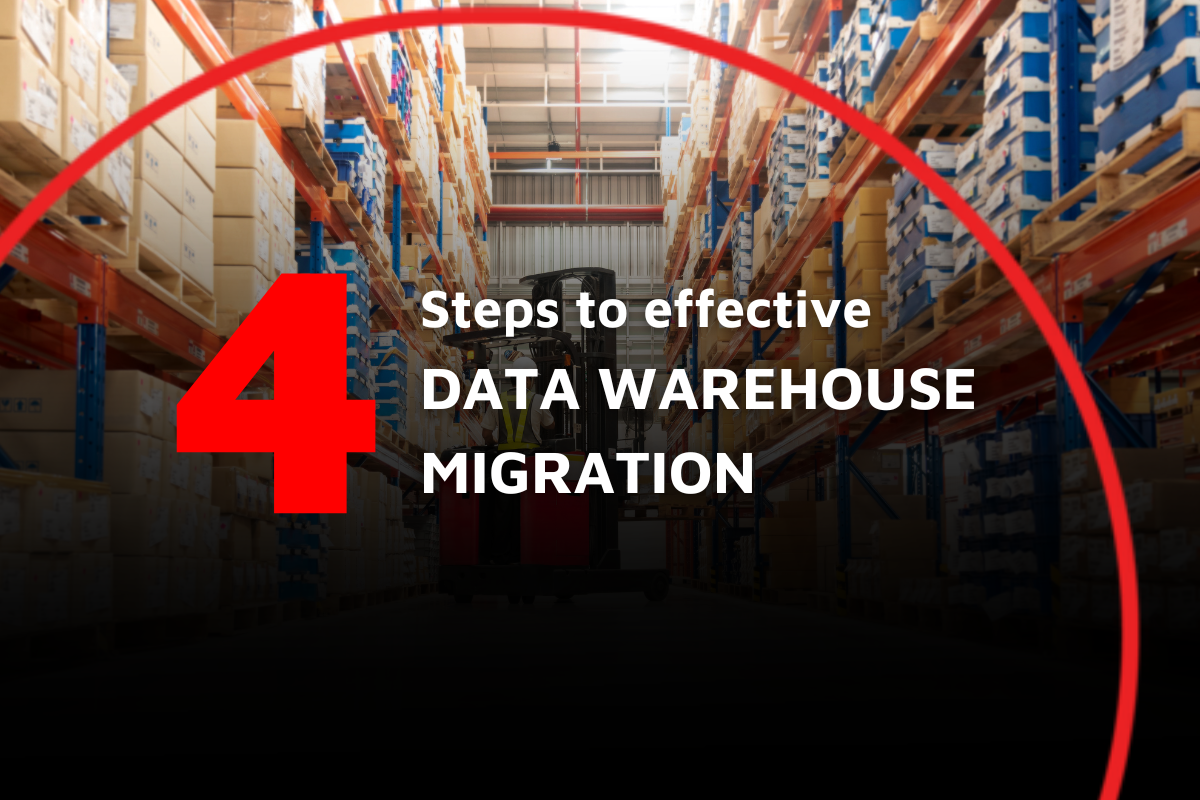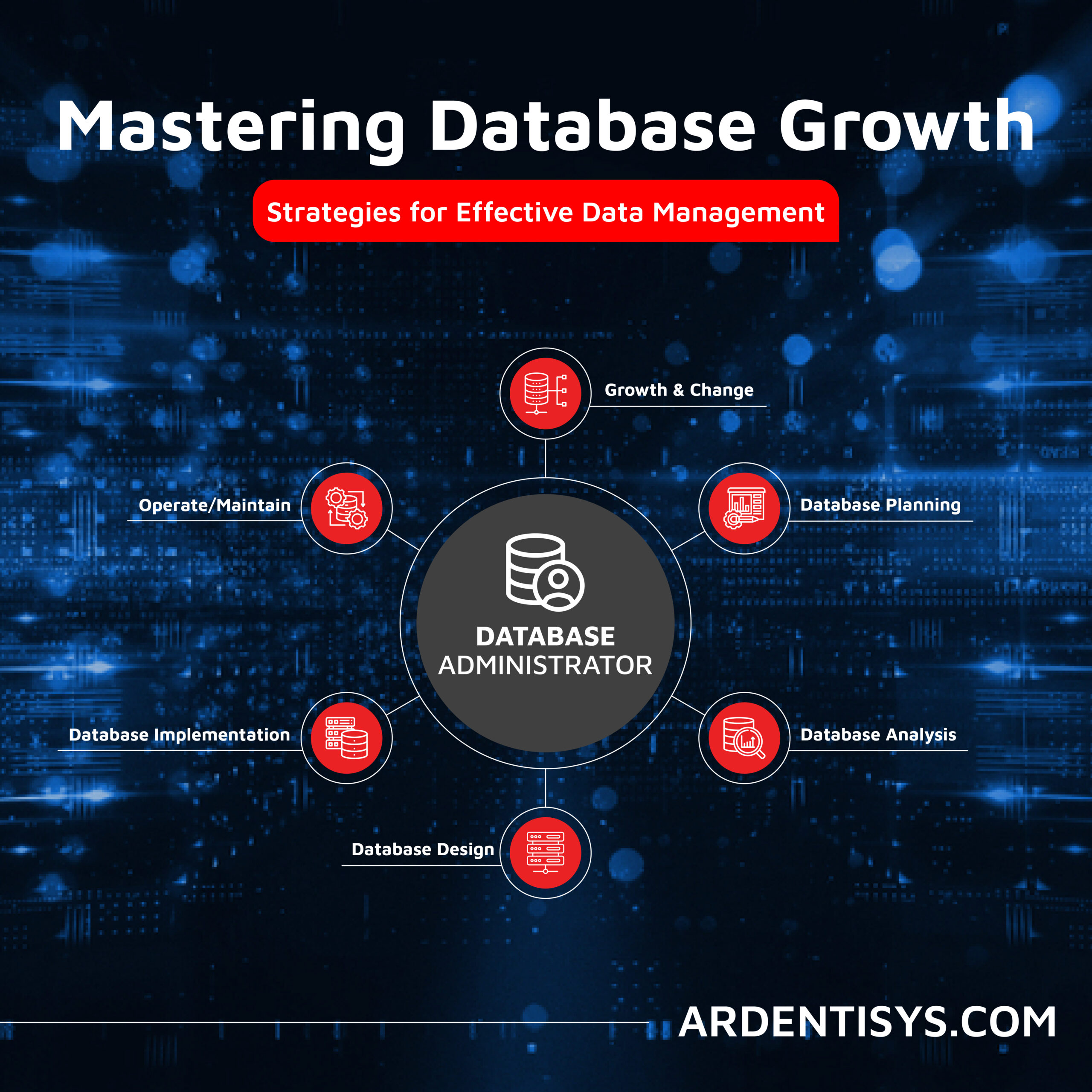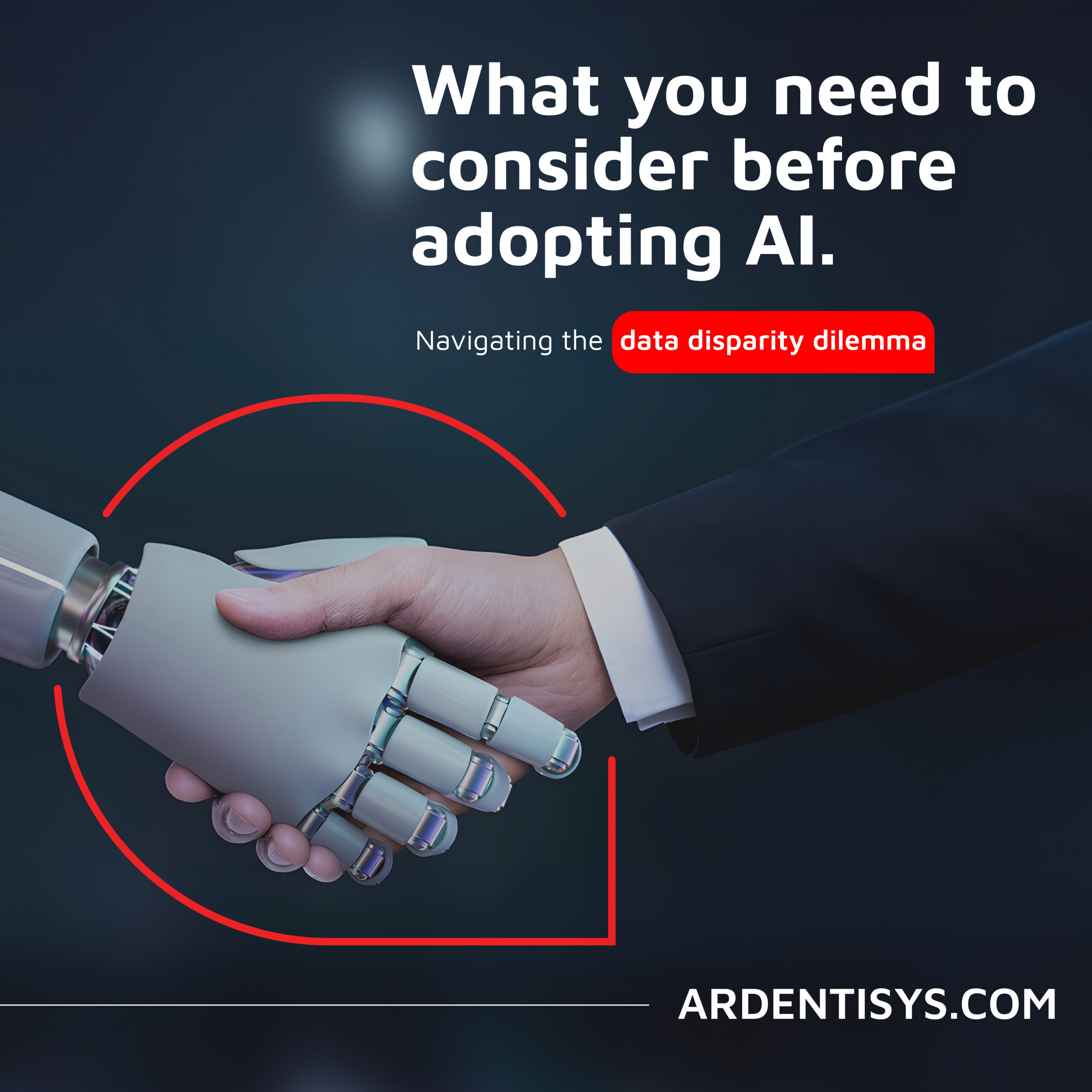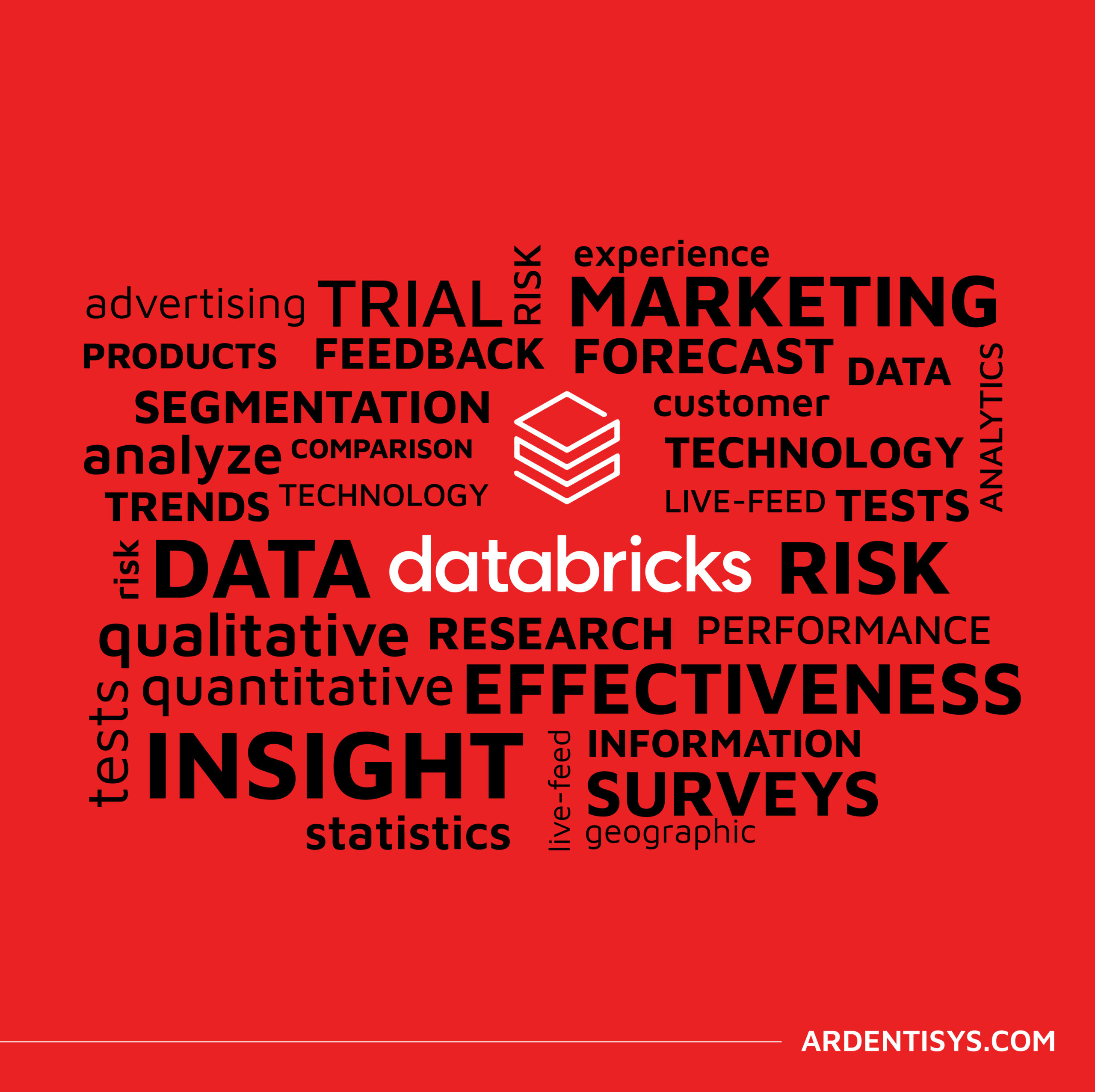4 Essential steps to data warehouse migration
17 April 2023 | Noor Khan

There are a lot of different data warehousing solutions on the market, and once you have made the decision to undertake data migration from one provider to another, it is absolutely vital that you not only choose the right technology partner but that you also plan your data warehousing solutions to meet your current needs as well as prepare for the future.
Why migrate your data warehouse?
Your business may have outgrown the data warehousing service it is currently using, or it could be undergoing a cloud modernisation or migration process that requires different tools and services that your current provider does not have available, or your existing team are not trained to work with.
It may be that you have been making do with a number of smaller systems and want to integrate them into one platform, in fact, 37% of companies have multiple data warehouses with data marts that are not connected. By having data spread across multiple locations or requiring different points of access, it slows down functionality and the ability to make fast, precise, data-driven decisions.
Whatever your reason for choosing to change to a new service, data warehouse migration needs to be done as efficiently and effectively as possible to minimise disruption to your business, and there are 4 important steps you need to consider in order to manage this properly.
4 essential steps to Data Warehouse Migration
Preparation and business planning:
Before you take any action, you need to carefully prepare and plan the process including:
- Assessing your data - To understand what you are migrating (and how it integrates with other programs or platforms within the company).
- Determining the order of priority – What data needs to be moved first (or last)
- Identifying architecture – With what needs to be set up for the new data warehouse to take over a seamless operation?
You need to keep your business needs and goals at the forefront of your planning so that your data is effectively working for you, and the migration to a new platform is providing you with the outcome you are expecting.
Discovery, scope, and more planning:
Once you understand your data and have a plan in place, you need to collect information from your employees – how the data and programs or tools are used, where they are used, what other programs and tools are affected (and how they would be affected during a transfer), and ensure that you are utilising tools that will work with existing frameworks and skillset - or make a decision to bring in third-party experts who can manage your new direction and make your move easier.
Data warehouses allow for the automation of a lot of tasks, and it is important to know which tasks are currently being automated, whether the new warehouse will also handle these operations – and whether there are any other tasks which could be automated under the new system.
It is important that existing data is either already compatible with the new format or can be reformatted to work with the new tools. Identifying what your employees are capable of doing and the data engineering principles they are using is essential.
Application and pilot:
After you have determined exactly how and when you will move the data, you can start to apply the transfer to the new data warehouse.
Rather than rush straight into a full transfer, it is often recommended that a pilot process takes place, with data that is not business-critical being used to test the architecture of the system and ensure that the data pipelines are operating as expected.
Taking the time to conduct a smaller-scale transfer can help to identify potential issues or errors, without compromising business critical operations.
Migrate the data and implement a modern operating model:
When any errors or issues are removed, and the pilot data transfer has been successfully actualised, it is time to migrate the rest of the data.
Structurally, a Modern Operating Model can be highly beneficial, as it brings together strategy, teams, and data to optimise operations, allow for faster decision-making (based on cohesive data) and helps businesses to make the best use of time and resources to achieve better outcomes.
What should you consider before migrating?
When you are making your choice of tools and platforms, you should be carefully examining your business plan and what it is you want to achieve with your data, in order to create realistic and achievable goals.
You also need to carefully consider:
- What type/s of data you are working with, and want to store in the data warehouse?
- How quickly do you need your data, and what performance level is an expected minimum?
- How connected the data warehouse service will be to other tools and platforms you are using?
- How much do you have as a budget, and what you are willing to spend on your data warehouse?
- What format/s you are currently using, and whether they are compatible with the proposed platform?
- What skills does your team have, and whether the new data warehouse utilises these methods, or whether third parties with different skill sets are required?
What tools and technologies are key to successfully migrating your data warehouse?
In order to manage a successful migration, you need to do more than simply select a data warehouse and set the action in motion. Some of the most popular data warehouse services, which have a wide range of flexible options and scalability include:
- Amazon Web Service (AWS) Redshift
- Microsoft Azure
- Google Big Query
- Oracle Autonomous Data
- Snowflake DB
- Firebolt
Explore leading data warehousing technologies and what is right for you.
Many of these platforms have tools and integration options that allow movement from one data warehouse to another, so it is important to carefully research compatibility and whether your chosen provider has the same functionalities that you have been using.
If you are unsure about your needs, or whether a specific cloud-service provider is right for your needs, we are happy to help by providing you with our expert advice.
Ardent data warehouse migration solutions
At Ardent, our engineers are proficient in world-leading data technologies and we offer a plethora of data engineering technologies including data migration solutions and data warehouse service. Explore how some of our clients are succeeding with Ardent data engineering solutions:
- Ensuring timely data availability for real time, mission critical data to monetize broadcasting data
- Fortune 500 company having quick data turnaround with Databricks, reducing the time by 80%
- Robust, scalable data pipelines with AWS infrastructure to drive powerful insights driving growth for global brands
Get in touch to find out how we can help you unlock the potential of your data, whether it is to improve turnaround, improve monetizing opportunities or save costs.
Ardent Insights

Overcoming Data Administration Challenges and Strategies for Effective Data Management
Businesses face significant challenges to continuously manage and optimise their databases, extract valuable information from them, and then to share and report the insights gained from ongoing analysis of the data. As data continues to grow exponentially, they must address key issues to unlock the full potential of their data asset across the whole business. [...]
Read More... from 4 Essential steps to data warehouse migration

Are you considering AI adoption? We summarise our learnings, do’s and don’ts from our engagements with leading clients.
How Ardent can help you prepare your data for AI success Data is at the core of any business striving to adopt AI. It has become the lifeblood of enterprises, powering insights and innovations that drive better decision making and competitive advantages. As the amount of data generated proliferates across many sectors, the allure of [...]
Read More... from 4 Essential steps to data warehouse migration

Why the Market Research sector is taking note of Databricks Data Lakehouse.
Overcoming Market Research Challenges For Market Research agencies, Organisations and Brands exploring insights across markets and customers, the traditional research model of bidding for a blend of large-scale qualitative and quantitative data collection processes is losing appeal to a more value-driven, granular, real-time targeted approach to understanding consumer behaviour, more regular insights engagement and more [...]
Read More... from 4 Essential steps to data warehouse migration






